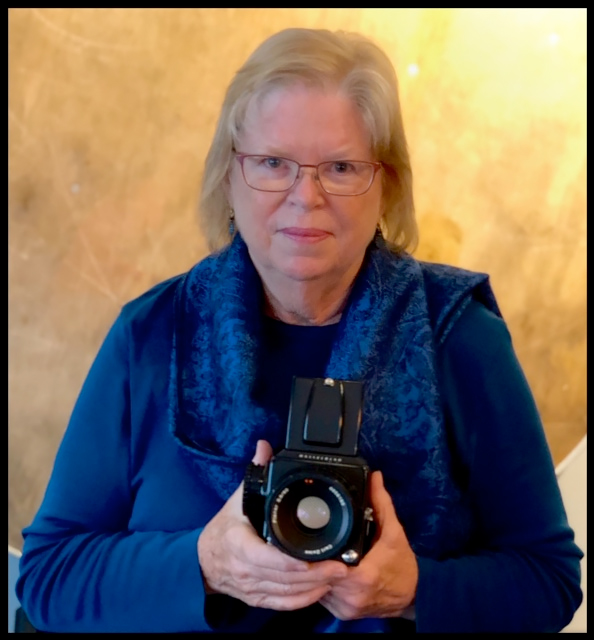Evy Huppert lives and works in the Upper Valley of the Connecticut River spanning Vermont and New Hampshire. She is a fine art photographer, administrator, and educator. Her black and white film-based work explores emotional narrative in both landscape and portraiture. A native of Minnesota and long-time resident of New England, she considers herself to be a true 'child of the North.' Permanently light-deprived, her remedy for personal and collective seasonal affective disorder is making images that are often about light itself.
Evy is a 2019 Critical Mass Finalist. Her work has been exhibited as a Portfolio Showcase by the Davis-Orton Gallery, Hudson NY, and included in exhibitions at the Griffin Museum of Photography, Winchester MA, ASmith Gallery, Johnson City, TX, the Center for Fine Art Photography, Ft. Collins, CO, PhotoPlace Gallery, Middlebury, VT and others. Her project "Wild Spirits" was featured in Lenscratch in July 2019. Evy was the Fall, 2017 featured Emerging Photographer in SHOTS Magazine. Her work has also appeared in The Hand Magazine, and will be included in the forthcoming 10th anniversary issue of Diffusion Annual.
Wild Spirits
I made this work on journeys south to untamed places in the Sea Islands of Georgia with a tribe of like-minded artists. The images and characters come from dreams and memories the land drew out from my personal mythology. Timeless, yet inhabited for millennia, the islands carry a spiritual presence of deep wildness palpable in the light and shadows; the ancient alligators and birds, the feral pigs and donkeys, and the artifacts of their existence lying everywhere. My photographs explore the emotions and spiritual experiences that the land and the light evoked: vulnerability, captivity, lost-ness, sanctuary, and wildness set free.
Photographing in collaboration with the other artists, I conceived of these images made on black and white film as stills taken from a movie. Each is an instant of a longer feature, of a fuller picture not seen but understood to exist. There is a narrative between the frames and a soundtrack within us that I aim to invoke. What we imagine might be the rest of the story is as much a part of the photograph as what we believe we are seeing.
